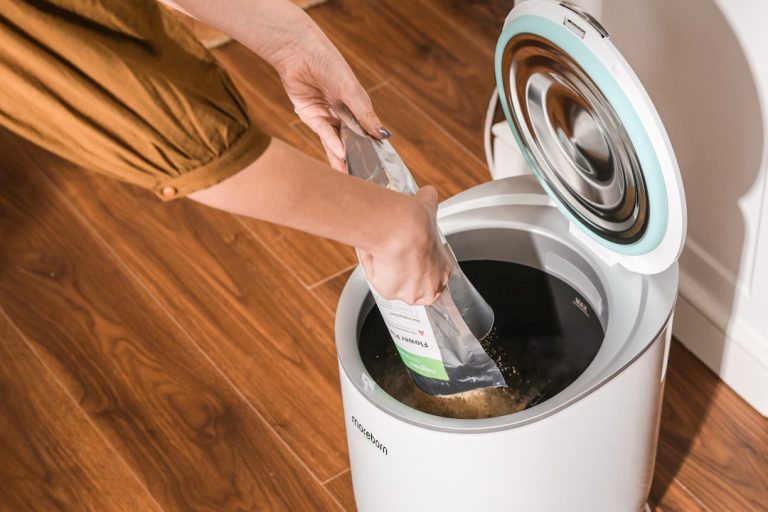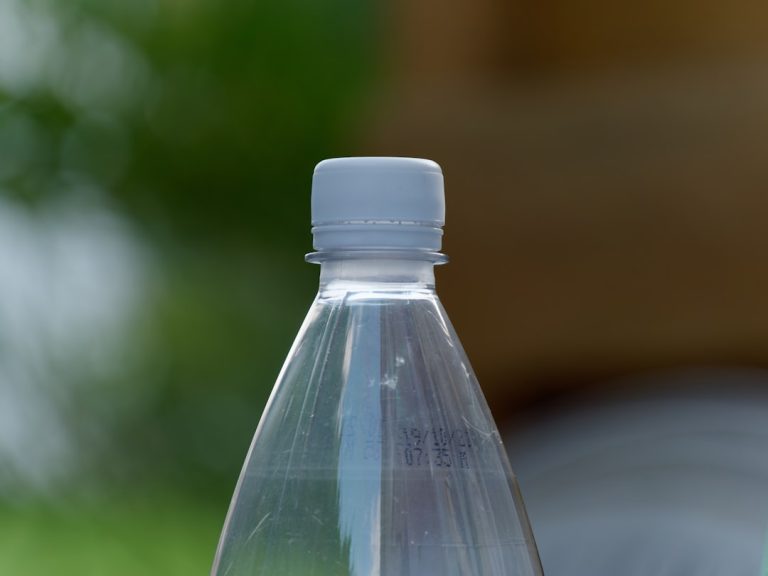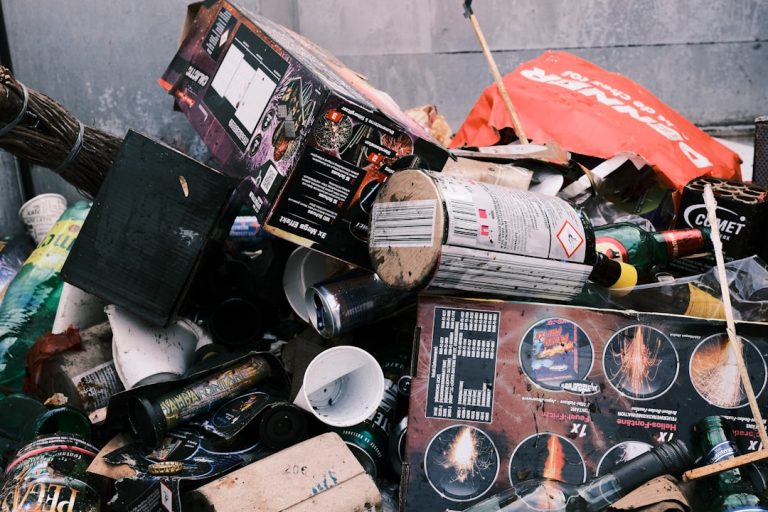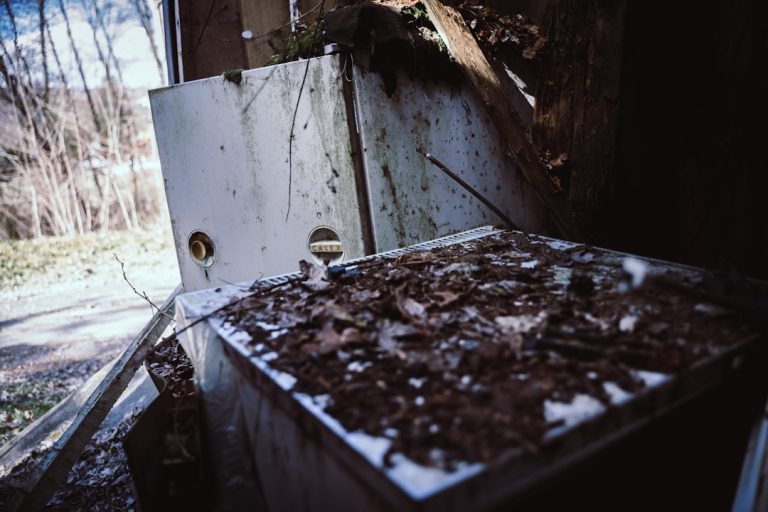My Review of Apps That Help You Find Recycling Centers.
My Review of Apps That Help You Find Recycling Centers
In our increasingly eco-conscious world, the desire to recycle more and better is stronger than ever. Yet, for many of us, the path to proper recycling can feel like a maze. What materials are accepted where? Is that item truly recyclable in my local bin? And where on earth do I take that old battery or those expired electronics? This quest for clarity led me down a digital rabbit hole: exploring and reviewing various apps designed to help you find recycling centers. My goal was simple: to determine if these digital tools truly bridge the gap between good intentions and effective action. What I found was a fascinating landscape of innovation, occasional frustration, and ultimately, significant empowerment for anyone looking to boost their recycling game.
My Personal Drive to Discover Better Recycling Solutions Through Apps
My journey into the world of recycling apps wasn’t just a casual exploration; it stemmed from a genuine need. Despite my best efforts, I often found myself staring at an item, unsure of its fate. My city has curbside pickup, but it’s limited to common plastics, paper, and glass. What about textiles? Old paint? Electronics? Or even those mysterious plastic clamshell containers that often fall into a recycling grey area? I remember countless times searching online, only to be met with outdated information, confusing municipal websites, or a general lack of specific drop-off points for unusual items. This frustration wasn’t just about convenience; it was about ensuring my waste wasn’t ending up in a landfill due to a lack of accessible information. I wanted to contribute to the sustainable living practices I championed, and a robust digital tool felt like the missing piece.
Before diving into app reviews, I outlined what I truly needed. I wasn’t just looking for a list of addresses; I needed specificity. Could an app tell me which local facility accepted plastic film? Or where to safely dispose of old light bulbs? My ideal app would be a comprehensive guide, not just a simple directory. It needed to be accurate, user-friendly, and most importantly, relevant to my exact geographical location and the specific items I needed to recycle. This personal challenge became the lens through which I evaluated every app I encountered, focusing on how effectively each one addressed these real-world recycling dilemmas.
What Features Truly Made a Difference in My App Experience
As I delved into various apps, a few key features quickly emerged as critical differentiators. It wasn’t enough for an app to simply exist; it had to perform exceptionally in specific areas to earn my seal of approval. The first and arguably most important feature was location accuracy and coverage. An app is only as good as its data. I found some apps excelled at pinpointing my exact location and displaying nearby recycling centers with impressive precision, often even including operating hours and contact details. Others, unfortunately, presented outdated information or simply lacked data for my area, rendering them largely useless.
Beyond just location, the specificity of accepted materials was a game-changer. This is where many apps truly shone or stumbled. The best ones allowed me to search by material type (e.g., “batteries,” “Styrofoam,” “textiles,” “e-waste”) and then showed me facilities that explicitly accepted those items. This eliminated the guesswork and saved me countless wasted trips. Some apps even provided helpful descriptions of what constituted a certain material, like distinguishing between different types of plastics based on their recycling codes – invaluable for understanding recycling symbols. This level of detail transformed my recycling efforts from a chore into an informed, efficient process.
User Interface and Ease of Navigation: The Unsung Heroes
While data accuracy is paramount, the user experience also plays a huge role. An app could have all the right information, but if it’s buried under confusing menus or presented in a cluttered interface, it’s unlikely to be used consistently. I gravitated towards apps with clean, intuitive designs. A clear search bar, easy-to-read maps, and straightforward filtering options made a world of difference. The ability to quickly save favorite locations or mark items as “recycled” for personal tracking added a layer of convenience that encouraged regular use. Apps that integrated seamlessly with my phone’s mapping system (like Google Maps or Apple Maps) for directions also scored high points, streamlining the entire process from identification to drop-off.

Comparing the Approaches: How Different Apps Tackle the Recycling Challenge
My review wasn’t about finding a single “best” app, but rather understanding the different philosophies and functionalities these tools offered. I noticed a few distinct approaches among the apps I tested. Some were primarily community-driven platforms, relying on user submissions and verifications to build their databases. These often had excellent local coverage and could be incredibly up-to-date, especially in active communities. However, the downside was occasional inconsistencies or gaps in areas with less user engagement. The strength here lay in their dynamic nature and the collective knowledge of their users, fostering a sense of shared responsibility for EPA’s recycling information.
Other apps leaned more towards official data integration, pulling information directly from municipal waste management services, county records, or established national databases like Earth911. These apps often provided highly reliable, verified information, especially for common recyclables and hazardous waste disposal events. Their challenge was sometimes slower updates, as they depended on official sources, and they might not always capture smaller, independent recycling initiatives. They were strong on authority but sometimes lacked the agile, grassroots feel of community-driven platforms.
Beyond Basic Directories: Value-Added Features I Appreciated
What truly elevated some apps beyond mere directories were their additional functionalities. A few offered educational resources, explaining why certain items are recycled in specific ways or detailing the journey of a recycled material. This wasn’t just practical; it fostered a deeper understanding and commitment to recycling. Others included event calendars for special collection days (e.g., household hazardous waste, electronics recycling drives), which proved incredibly useful for planning. Some even had barcode scanners that could identify an item and tell you instantly if it was recyclable in your area, though this feature was often hit-or-miss depending on the product database.
The most compelling value-added feature, for me, was the integration of tips for reducing waste and reusing items. This shifted the focus from just disposal to a broader perspective of managing household waste more holistically. It turned the app from a simple tool into a companion for a more eco-conscious lifestyle, aligning with the principles promoted by organizations like The Recycling Partnership.
My Final Takeaways and Recommendations for Leveraging Recycling Apps
After extensively reviewing and using various apps that help find recycling centers, my conclusion is overwhelmingly positive: these tools are invaluable. They demystify the often-complex world of waste management, empowering individuals to make informed decisions and contribute more effectively to a circular economy. However, it’s important to approach them with a discerning eye. No single app is perfect for everyone, everywhere.
My primary recommendation is to experiment with a few different apps. What works best for someone in a major metropolitan area might not be ideal for someone in a rural community. Look for apps that have strong local data for your specific region, as this is the cornerstone of their utility. Prioritize those with clear interfaces, specific material acceptance details, and accurate location information. Don’s hesitate to check reviews in app stores, but also understand that local data can vary wildly, so personal testing is key.
Furthermore, I suggest using these apps as part of a broader strategy. While they are excellent for finding drop-off points, remember the other Rs: Reduce, Reuse, and Repurpose. An app is a powerful tool for responsible disposal, but minimizing what you need to dispose of in the first place is the ultimate goal. Engage with local environmental initiatives and stay informed about your municipality’s specific recycling guidelines, as these can sometimes offer supplementary information not always captured by apps.






